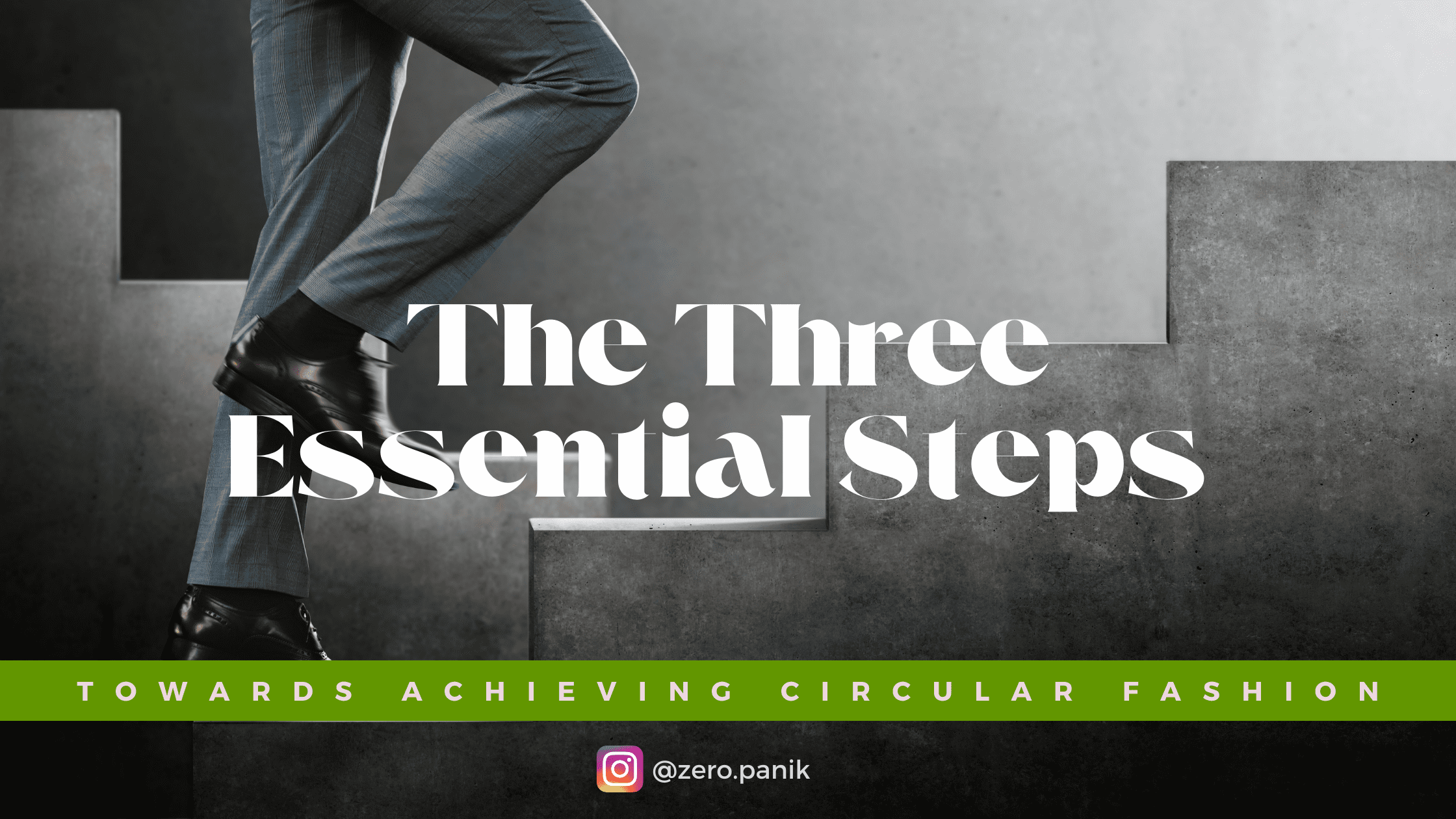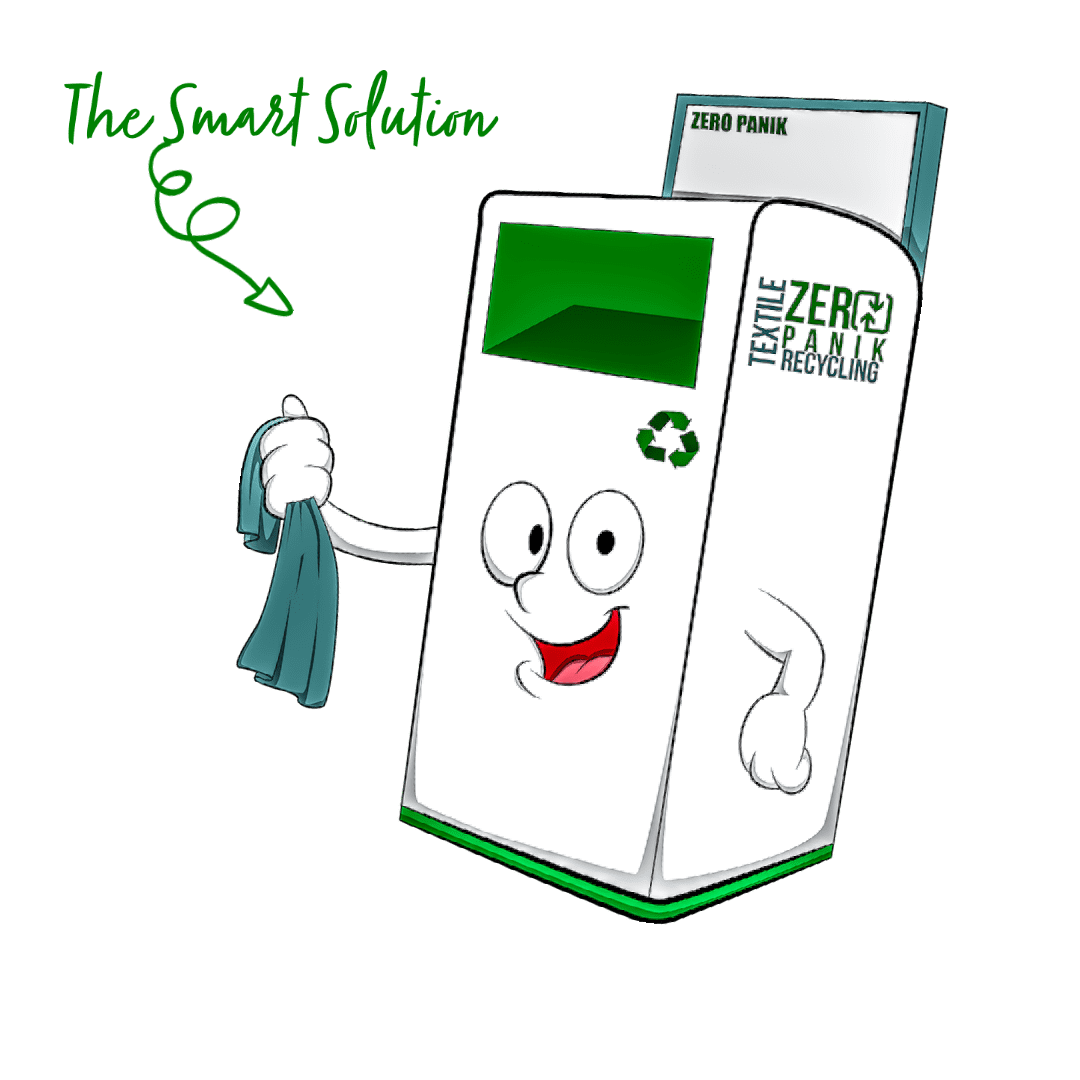
Introduction
For those wishing to take the plunge into a sustainable fashion future, Slow Circular Fashion (SCF) provides a holistic solution. It’s an innovative system for producing apparel that offers social, economic, and environmental advantages compared to traditional “throw-away” clothing.
At its core, SCF is composed of three main steps: design-produce-use-reuse. Consequently, it is critical to have a fundamental grasp of the concept to make the switch.
This article covers the three main steps in developing a closed-loop fashion system, which is design, production, and reuse. We’ll look at strategies businesses and consumers can use to develop this system. Not only would this help reduce our use of raw resources, but it also has the potential for cost savings.
What is circular fashion?
Circular fashion is a term used to describe a more sustainable way of designing, producing, and consuming fashion. Unlike the traditional linear model of fashion, which is based on a linear supply chain model of take-make-waste, the circular model is based on the principles of a circular economy. In a circular economy, waste is designed out of the system, and products are made to be reused, repaired, or recycled back into the system.
The circular model of fashion is still in its early stages, but there are a few notable companies that are leading the way in this new approach to style. These companies are rethinking the entire fashion system, from the way clothes are designed and made, to the way they are sold and distributed. And they are creating some truly innovative and sustainable fashion products in the process.
The Three Essential Steps Towards Achieving Circular Fashion
The first step to closing the loop is in the design phase.
When designing clothing for a circular approach brands and manufacturers are utilizing recyclable, biodegradable, and upcycled materials. In this way, an eco-conscious approach can be taken toward fashion while still creating stylish and trendy garments. When you are thinking about your designs consider using sustainable materials to reduce potential waste and combat fast fashion trends.
Organic clothing made from natural fibers like cotton, linen, and wool is an excellent choice for the environment. With fewer resources and a reduced environmental impact, these materials are better for the planet. Additionally, they provide superior comfort due to their breathability and lightness, making them an ideal alternative to synthetic fabrics.
The second step is production: Once you have chosen your sustainable materials, manufacturing is the next step in the design phase. It is important to ensure that the manufacturing processes remain sustainable. When possible choose businesses that prioritize utilizing renewable energy sources, minimizing water usage and contamination, as well as being mindful of energy usage, and decreasing waste production. All manufacturers must consider the environmental effects of their operations.
Additionally, fashion brands should strive to produce clothing ethically to reduce its environmentally and socially damaging effects. To reduce the risks associated with apparel production, the fashion industry needs to prioritize ethical practices. This includes providing safe and comfortable working conditions for all of its workers and enforcing measures that prohibit labor exploitation. By committing to these principles, it is possible to produce clothing ethically.
An important step in the production phase is transportation. Clothing production, transport, and disposal contribute significantly to global emissions of greenhouse gases. To counter this impact, sustainable production practices, like reducing transportation distances, utilizing renewable energy sources, and recycling materials, can be implemented to reduce the carbon footprint associated with clothing production.
Now that your design has been made and produced with sustainable materials and methods it’s time to ship it out for distribution to your retail partners. Transportation cost has a considerable impact on businesses that are involved in international shipping. To reduce their environmental footprint, companies can use sustainable distribution principles such as biodegradable and recyclable packaging, alternative transport methods, and sourcing products from local outlets when possible. These measures help protect the environment while providing customers with essential items.
Now that you’ve invested significant resources into creating a sustainable operation, educating the public about it is time. As your fashion brand takes strides toward sustainability, it’s important to help educate customers about sustainable fashion and the impact it can have on the environment. Shopping from brands with responsible practices, participating in clothing swaps, and donating used items are all great ways for consumers to make a positive difference. Furthermore, brands and individuals can work with Zero Panik to create recycling supply chains within the United States that provide access to top-notch recycled fibers. With your help, consumers can learn more about circular fashion and how they can be part of the movement working toward change.
Designing for reuse is the final step in closing the loop. Through reusing and recycling clothing, items are kept in circulation for longer. Designers typically craft pieces with reuse potential in mind to optimize the available raw materials and minimize environmental impact. Did you know that clothes are typically designed to last through 200 washes? After this point, they begin to damage easily. But sustainability doesn’t have to mean sacrificing quality: reusing and recycling clothing is an easy way to make sustainable fashion choices while still getting the most from your wardrobe. As consumers by making conscious choices about how we use and dispose of clothing, we can reduce our impact on the environment and contribute to a more sustainable future.
Why is circular fashion important?
The fashion industry must reduce the environmental impacts of clothing production. Through practical measures such as incorporating circular fashion, we can work towards reducing the amount of waste created by textiles. But equally important is ensuring that all individuals in the supply chain receive a fair living wage and are not exposed to unsafe conditions or hazardous materials during production. Promoting ethical working practices will not only improve workers’ lives and improve brand reputation by creating quality products with positive implications for society as a whole.
At the end of their life cycle, clothes should be properly disposed of in an environmentally conscious way. Companies can address this issue by providing recycling or upcycling options for their customers or partnering with organizations such as Zero Panik that specialize in textile recycling. By taking these steps, companies can help to reduce waste and promote sustainability.
At Zero Panik we believe that increased transparency and accountability are essential to a successful clothing production process. That’s why we strive to work with brands and manufacturers who are focused on creating reusable materials and providing our customers with transparent supply chains.
How can you get started with circular fashion?
Reusing clothing is an effective way to reduce waste, conserve resources, and save money. Instead of buying new clothes for every occasion, we can choose to repurpose and reimagine our existing wardrobe. This can involve mending clothes with rips or tears, altering clothes to fit better or match current fashion trends, or donating to thrift stores or clothing swaps.
Here are some specific steps to get started with circular fashion:
1. Take an inventory of your wardrobe and identify pieces that no longer fit, are damaged, or you no longer wear. Consider repurposing these items by altering or repairing them, or donating them to a clothing swap or thrift store, or recycling them.
2. Shop secondhand. When you do need to purchase new clothing, consider buying from secondhand or vintage stores rather than purchasing newly-produced clothes.
3. Look for sustainable, eco-friendly brands that prioritize circular fashion practices, like using recycled materials, offering repair services, or having take-back policies.
4. Rent clothing instead of buying it for special occasions or events. This is a cost-effective and sustainable way to experiment with new styles without adding more clothing to your wardrobe.
5. Educate yourself on the impacts of fast fashion and the benefits of circular fashion. Encourage others to join you in making more sustainable fashion choices.
Finally, collaborate with like-minded brands, designers, and industry stakeholders to promote circular fashion and create a more sustainable fashion ecosystem. By taking these steps, you can start your journey towards a more circular wardrobe and contribute to a more sustainable fashion industry.
Conclusion
Businesses in the fashion industry can do their part to minimize adverse environmental and social effects by committing to the ethical production of clothing. Sustainable and responsible business practices are necessary for such an approach, one that may not only lead to positive outcomes but serve as a lasting model for other companies in this field.
This shift towards ethical production and sustainability must also involve partnerships with suppliers, designers, and consumers. Consumers have the power to demand transparency and accountability from fashion companies in terms of their production processes and labor practices.
Furthermore, governments can also play an important role in regulating the fashion industry’s environmental impact by implementing laws and regulations that mandate sustainable practices.
As a society, we must recognize the urgent need for change in the fashion industry. By collectively taking steps towards a more sustainable and ethical approach to clothing production, we can create a better future for the planet and the people involved in the fashion supply chain. It is time to prioritize sustainability and responsible business practices in the fashion industry for the greater good.
